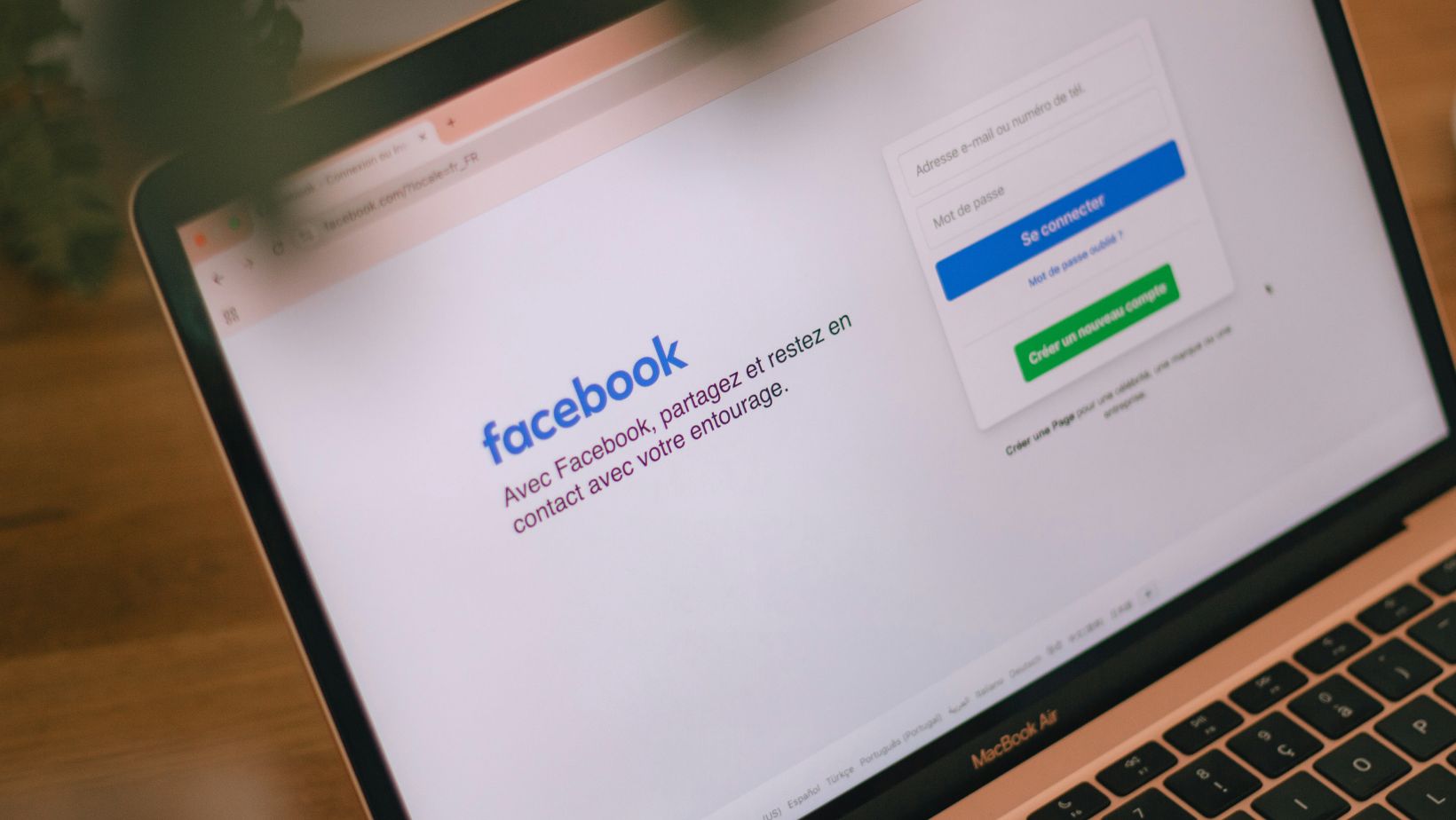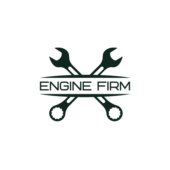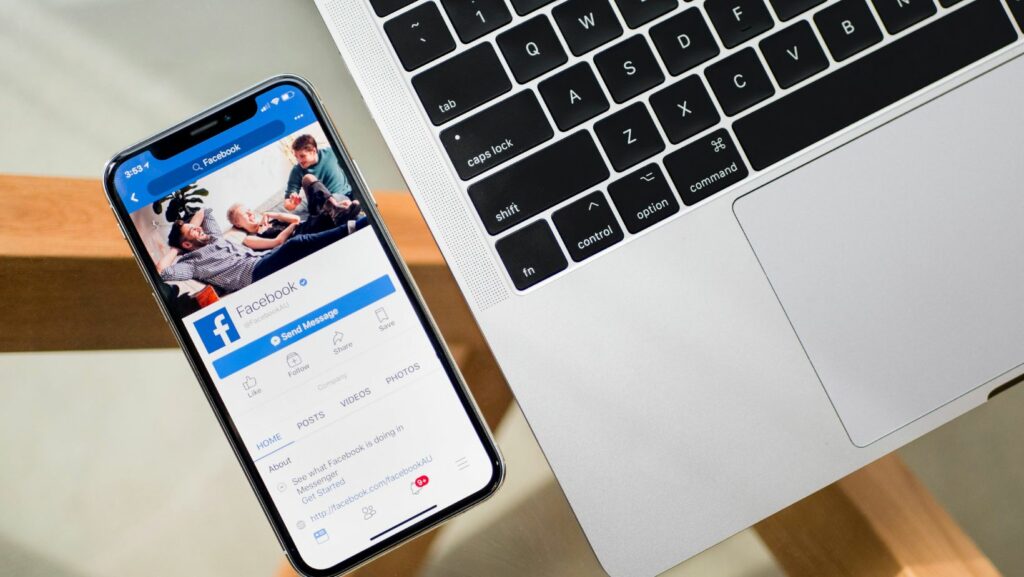To optimize your Facebook ads in 2025, you must focus on refining your audience targeting, refreshing your creative assets, and strategically managing your budget. A key component of this process is leveraging AI-powered platforms like the WASK Facebook Ads Optimization Tool which automates many of these tasks. WASK’s algorithms analyze real-time campaign data to adjust bids, reallocate budgets to top-performing ad sets, and identify winning creative variations. By using such a tool, you can move beyond manual guesswork and make data-driven decisions that improve your return on ad spend (ROAS) and ensure your campaigns are always running at peak efficiency.
| Optimization Area | Key Actions | Impact on Performance |
| Audience Targeting | Test new Lookalike Audiences, refresh Custom Audiences, and use broad targeting with compelling creative. | Increases reach, lowers cost per acquisition, and finds new high-value customers. |
| Ad Creative & Copy | A/B test different images, videos, and headlines. Use authentic, user-generated content (UGC). | Boosts click-through rates (CTR) and engagement, signaling to the algorithm that your ad is high-quality. |
| Budget Management | Use Campaign Budget Optimization (CBO) and automated rules to shift spend to top-performing ad sets. | Prevents wasted budget on underperforming ads and maximizes overall campaign efficiency. |
| Bidding Strategy | Experiment with different bidding strategies (e.g., Cost Cap, Bid Cap) to control costs and improve predictability. | Gives you more control over your ad spend and helps you hit specific cost per result goals. |
The Evolution of Facebook Ads Optimization
The landscape of Facebook advertising has changed dramatically. In 2025, successful optimization is less about micro-managing every detail and more about a strategic, data-driven approach. The core pillars of Facebook ads optimization remain the same: audience, creative, and budget. However, the tools and technologies available to us have become far more sophisticated. Relying solely on manual adjustments is no longer enough to stay competitive. This is why platforms that offer AI-driven insights and automation, such as the WASK Facebook Ads Optimization Tool, have become essential for modern marketers.

The best optimizers don’t just react to their numbers; they anticipate them. They use data to predict what will work, and they have systems in place to make real-time adjustments. Let’s dive into the key areas of optimization and how you can apply these principles to your campaigns.
1. Master Your Audience Targeting
Your audience is the foundation of your campaign. If you’re showing the right ad to the wrong person, it doesn’t matter how good your creative is—it won’t convert.
- Lookalike Audiences: These are still one of the most powerful targeting options available. Create Lookalike Audiences based on your top 5-10% of customers, website visitors, or video viewers. This helps Facebook find new people who are similar to your most valuable existing audience.
- Custom Audience Refresh: Your custom audiences—based on website traffic, email lists, or app activity—need to be kept fresh. Regularly update your customer lists to ensure you are targeting the most relevant people for your retargeting efforts.
- Embrace Broad Targeting: With the power of AI, Facebook’s algorithm has become incredibly smart. Don’t be afraid to test broader targeting with a solid creative. The algorithm can often find the right people on its own, especially with a specific goal like conversions.
2. Refine Your Creative and Copy
Your ad creative is the first thing a user sees, and it’s what drives the initial engagement. It is arguably the most important factor in your campaign’s success.
- A/B Test Everything: Never assume you know what will work. Test different images, videos, headlines, and calls-to-action (CTAs). Use the data to let your audience tell you what they respond to.
- Prioritize Video and Authentic Content: Video content, especially short-form Reels, continues to dominate the platform. Use high-quality videos that are designed for mobile-first viewing. Additionally, user-generated content (UGC) and authentic, raw footage often outperform polished, corporate-looking ads. People trust people, not brands.
- Write Compelling Ad Copy: Your copy should be concise, benefit-driven, and end with a strong CTA. Speak directly to your audience’s pain points and offer your product or service as the solution.
3. Implement Smart Budget Management
Budgeting is no longer just about setting a daily limit. It’s about dynamic allocation.
- Use Campaign Budget Optimization (CBO): CBO automatically distributes your budget across your ad sets to get the best possible results. The algorithm will put more money into the ad sets that are performing well and less into the ones that aren’t, maximizing your efficiency.
- Automated Rules: This is where tools like WASK shine. Set up rules that automatically pause underperforming ads or increase the budget for successful ones. For example, “If Cost Per Conversion > $30, pause ad set.” This prevents you from wasting money and ensures your campaigns are always running efficiently, even when you’re away from your desk.
The Role of an AI-Powered Tool in Optimization
Trying to manage all these variables manually is not only time-consuming but also prone to human error. This is where a dedicated platform like WASK becomes invaluable for Facebook ads optimization.
The WASK Facebook Ads Optimization Tool uses AI to continuously monitor your campaigns and make real-time adjustments. It can identify which ad creative is about to experience “ad fatigue” and suggest a new one. It can find a subtle shift in audience behavior and automatically reallocate your budget to capitalize on it. It can even analyze your competitors’ ad strategies to give you a competitive edge.
By leveraging a tool like WASK, you free yourself from the tedious, day-to-day tasks of ad management and can focus on the bigger picture—creating a winning strategy, developing amazing content, and ultimately growing your business. The future of ad optimization is here, and it’s automated.

